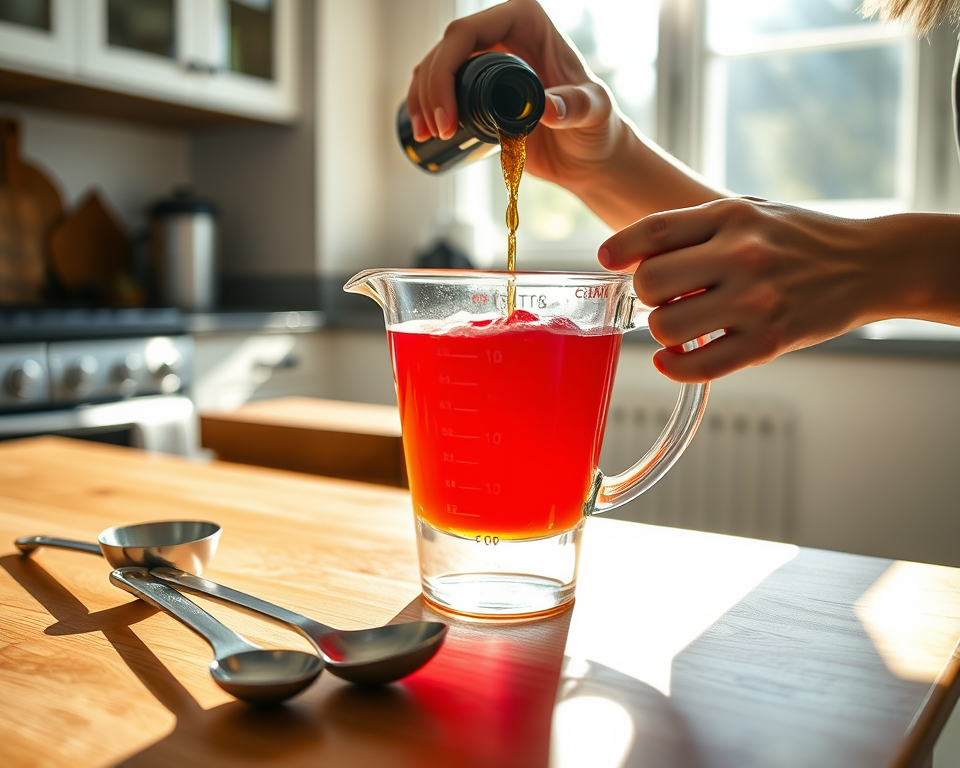When we talk about measuring liquids, we sometimes use different units to understand how much we have. One way to measure liquids is in liters, which is a metric unit, and another way is in fluid ounces, which is commonly used in the United States. The important part here is knowing how to change between these two units.
Now, we can think about what 0.25 liters means. If you break it down, 0.25 liters is the same as one-quarter of a liter. To find out how many fluid ounces this is, we can use a conversion factor. Specifically, 1 liter is equal to about 33.814 fluid ounces. So, to convert liters to fluid ounces, you would multiply the number of liters by this conversion factor.
Let’s do the math together! We can start with the equation:
$$
0.25 \, \text{liters} \times 33.814 \, \text{fluid ounces per liter} = 8.4535 \, \text{fluid ounces}
$$
Since we usually round to two decimal places, we can say that 0.25 liters is approximately 8.45 fluid ounces.
In your gardening adventures, understanding how to measure liquids can be very helpful! For instance, when watering your plants or mixing fertilizers, you might need to know how much liquid you are using.
Here are 7 objects to help you visualize what 0.25 liters (or 8.45 fluid ounces) looks like:
- A small drinking glass (usually about 8 ounces).
- A large shot glass (often holds around 1.5 ounces, so about 5 of those would equal 8.45 ounces).
- A yogurt container (many are 8 ounces).
- A small bottle of water (many small bottles are 500 mL, which is a little bigger than 8.45 ounces).
- A mug (the average mug can hold around 12 ounces; a bit more than we need).
- A cup of broth (often served in around 8-ounce servings).
- A small plastic squeeze bottle often used for sauces (these can hold about 8 ounces too).
Remember, knowing how to measure liquids will help you take great care of your garden and keep your plants happy!
